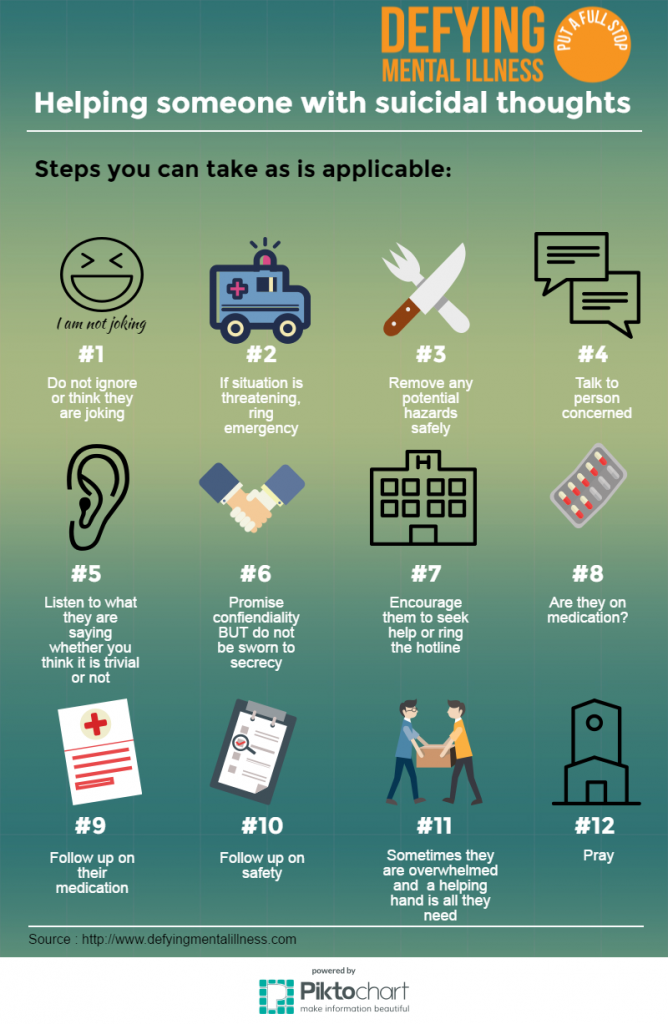How To Manage Mental Health At Work
How To Manage Mental Health At Work
Blog Article
Exactly How Do State Of Mind Stabilizers Work?
State of mind stabilizers help to soothe areas of the mind that are affected by bipolar affective disorder. These medications are most efficient when they are taken frequently.
It might take a while to discover the best medication that functions finest for you and your doctor will certainly check your problem throughout treatment. This will involve normal blood tests and perhaps a modification in your prescription.
Neurotransmitter law
Natural chemicals are a team of chemicals that control one another in healthy and balanced people. When degrees come to be out of balance, this can result in mood problems like clinical depression, anxiety and mania. State of mind stabilizers assist to prevent these episodes by aiding regulate the equilibrium of these chemicals in the brain. They also may be made use of alongside antidepressants to boost their efficiency.
Drugs that function as state of mind stabilizers include lithium, anticonvulsants and antipsychotics. Lithium is possibly one of the most well known of these drugs and jobs by affecting the flow of salt with nerve and muscle cells. It is usually made use of to treat bipolar disorder, but it can also be handy in treating other state of mind problems. Anticonvulsants such as valproate, lamotrigine and carbamazepine are likewise efficient mood stabilizing drugs.
It can spend some time to find the appropriate type of medication and dose for every person. It is necessary to collaborate with your doctor and take part in an open dialogue regarding how the medicine is working for you. This can be particularly practical if you're experiencing any kind of negative effects.
Ion channel inflection
Ion networks are a major target of mood stabilizers and lots of various other medicines. It is now well developed that they are dynamic entities that can be regulated by a range of exterior stimulations. In addition, the inflection of these networks can have a range of temporal effects. At one extreme, changes in gating dynamics might be fast and rapid, as in the nicotinic acetylcholine receptor/channel system. At the various other end of the range, covalent alteration by healthy protein phosphorylation might result in modifications in network function that last longer.
The area of ion network modulation is getting in a duration of maturity. Recent research studies have actually shown that transcranial concentrated ultrasound (United States) can boost nerve cells by activating mechanosensitive potassium and sodium channels embedded best online therapy platforms within the cell membrane. This was demonstrated by revealed networks from the two-pore domain name potassium family in Xenopus oocytes, and focused United States dramatically regulated the existing flowing through these channels at a holding voltage of -70 mV (best panel, family member impact). The results are consistent with previous observations showing that antidepressants impacting Kv channels control glia-neuron communications to contrary depressive-like actions.
Neuroprotection
State of mind stabilizers, like lithium, valproic acid (VPA), and carbamazepine, are essential in the treatment of bipolar affective disorder, which is defined by frequent episodes of mania and depression. These drugs have neuroprotective and anti-apoptotic buildings that aid to stop mobile damages, and they additionally boost mobile strength and plasticity in useless synapses and neural wiring.
These safety actions of mood stabilizers may be mediated by their inhibition of GSK-3, inositol signaling, and HDAC task. In addition, lasting lithium therapy safeguards against glutamate excitotoxicity in cultured neurons-- a model for neurodegenerative problems.
Researches of the molecular and mobile impacts of mood stabilizers have revealed that these drugs have a vast array of intracellular targets, consisting of several kinases and receptors, as well as epigenetic alterations. Refresher course is needed to identify if mood stabilizers have neurotrophic/neuroprotective activities that are cell kind or circuitry specific, and just how these impacts may enhance the rapid-acting healing reaction of these agents. This will aid to establish new, much faster acting, a lot more effective treatments for psychological diseases.
Intracellular signaling
Cell signaling is the process through which cells interact with their atmosphere and other cells. It entails a sequence of steps in which ligands connect with membrane-associated receptors and cause activation of intracellular pathways that manage important downstream cellular features.
Mood stabilizers act upon intracellular signaling with the activation of serine-threonine protein kinases, causing the phosphorylation of substrate healthy proteins. This triggers signaling cascades, bring about modifications in genetics expression and cellular function.
Several mood stabilizers (including lithium, valproate and lamotrigine) target intracellular signaling paths by hindering specific phosphatases or triggering certain kinases. These results cause a decrease in the task of these paths, which brings about a reduction in the synthesis of certain chemicals that can affect the brain and cause signs and symptoms of depression or mania.
Some mood stabilizers likewise function by boosting the task of the repressive neurotransmitter gamma-aminobutryic acid (GABA). This enhances the GABAergic transmission in the brain and minimizes neural task, therefore generating a relaxing effect.